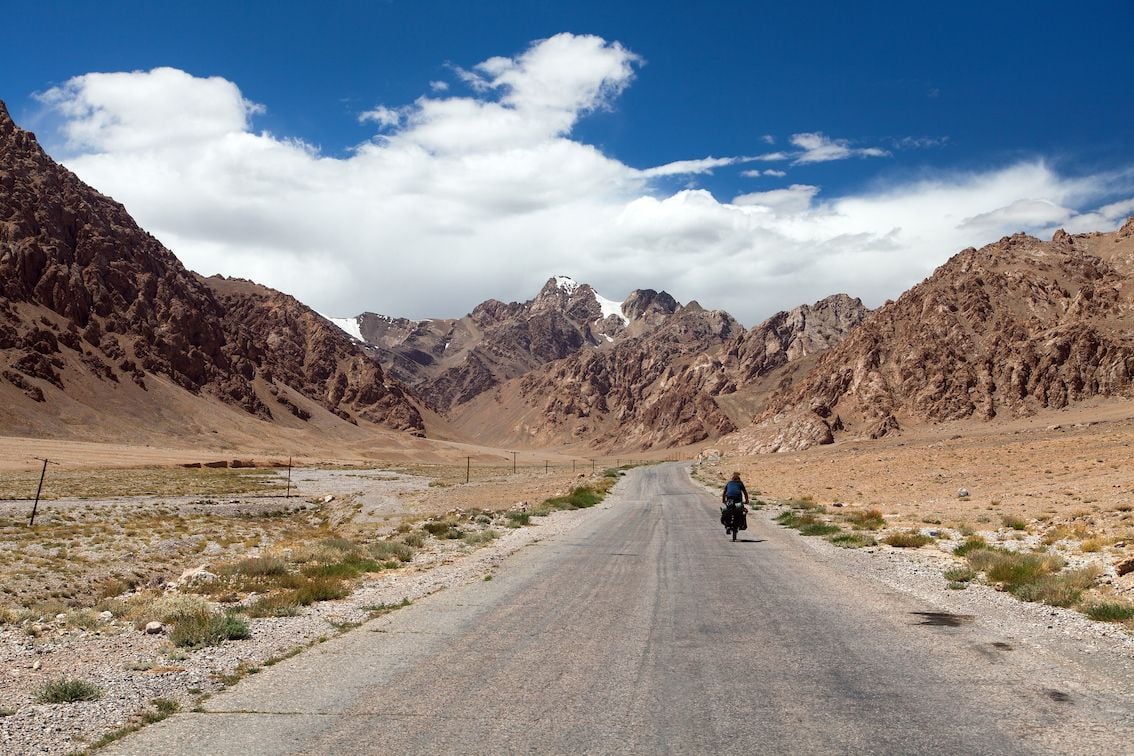The Silk Road was a series of ancient trading routes established by China in around 138 BC. Valuable goods such as silk, gunpowder and spices were transported from east to west. These routes were remote and inhospitable, spanning mountain passes and arid deserts. But they also opened a fascinating cultural exchange between east and west, a transmission of everything from food to architecture and philosophy.
In ancient times, few people travelled the Silk Road from one end to another. They were simply transporting goods from one place to the next. The most notable exception to this is the famous explorer Marco Polo, who spent three years travelling from Israel to Kublai Khan’s palace at Xanadu.
It's tempting to follow in his shoes, experiencing a diversity of landscapes and cultures. But for those of you who don’t have three years of annual leave stored up, that's easier said than done. That doesn't mean you can't explore the route one segment at a time, though. There are plenty of options to choose from.
Where is the Silk Road?
It’s difficult to map such a complex network of routes. But broadly speaking, the main Silk Road route originates in Xi’an and traces the Great Wall of China across the Taklimakan Desert to the Middle East. From there it travels on through the Mediterranean, via Turkey, to the Portuguese coast. According to UNESCO, the network encompasses more than 40 countries, including Mongolia, Russia, Tajikistan and India to name a few.
A lot has changed over several millennia. Tiny outposts have become vast metropolises; dirty tracks have become highways; once vast distances are reduced by the advent of train travel.
“To follow the Silk Road is to follow a ghost. It flows through the heart of Asia, but it has officially vanished, leaving behind the pattern of its restlessness: counterfeit borders, unmapped peoples [...] It is not a single way, but many: a web of choices,” writes Colin Thubron, in Shadow of the Silk Road.
To follow the Silk Road is to follow a ghost. It flows through the heart of Asia, but it has officially vanished, leaving behind the pattern of its restlessness...
We’re here to help you navigate that web of choices, by highlighting some of the most scenic and adventurous silk road routes out there. Travelling overland is the most common option, but here, we've picked out seven lower-carbon alternatives focused on adventure, from hiking trails to mountain bike races.
7 of our Favourite Silk Road Routes
1. Spitakavor to Mount Aragats, Armenia
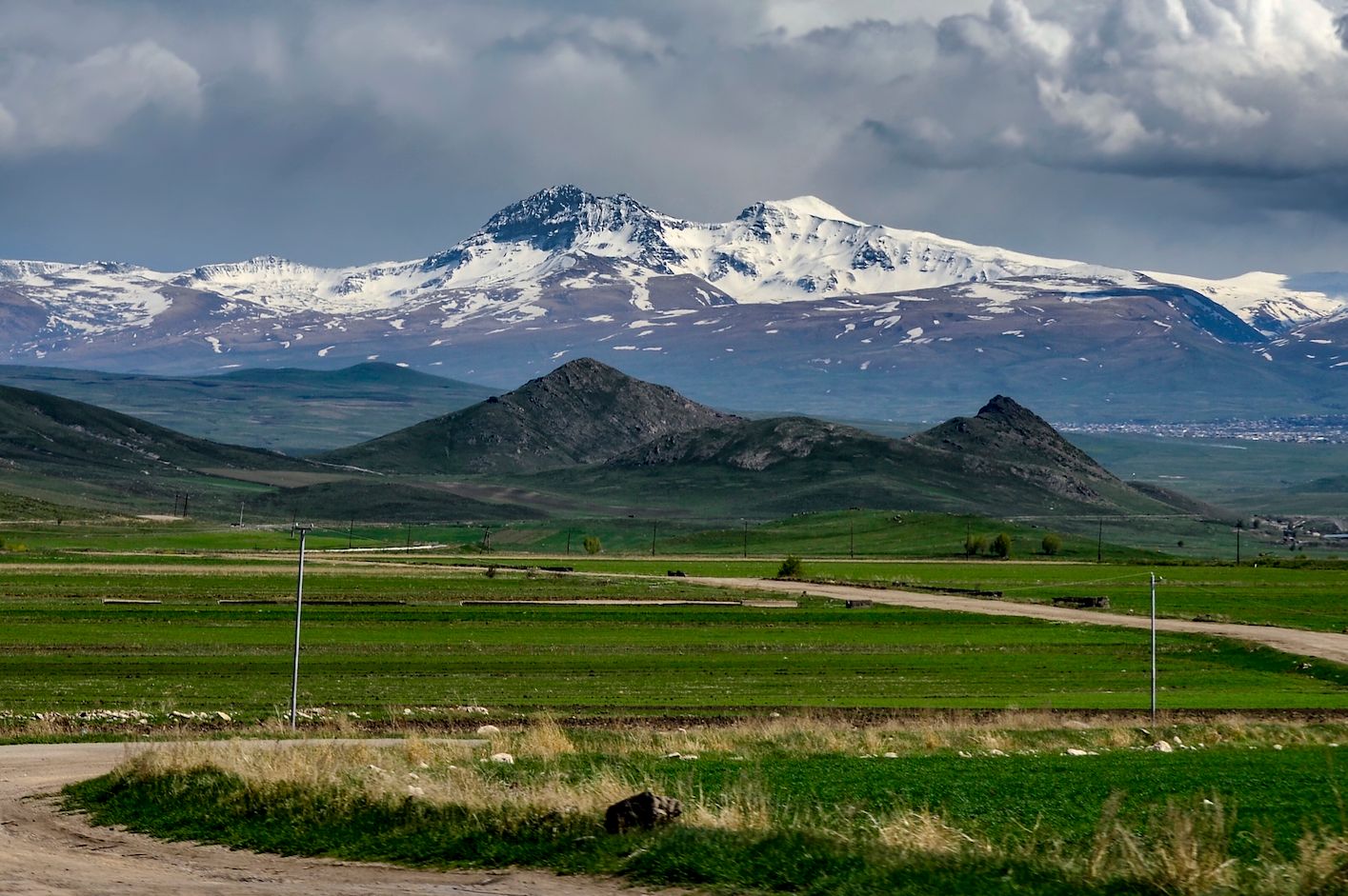
This off-road route is the perfect multi-day hike. Begin your journey at the remote monastery of Spitakavor, a starting point for Armenia’s Silk Road. You’ll have spectacular views of the Lower Caucasus Range as you strike out towards Selim Caravanserai, an ancient trading inn high up in the Selim Pass.
Break up your journey with a stay at one of the villages along the banks of Lake Sevan, the world’s highest freshwater lake (1,900 metres above sea level). Of course, we’re going to recommend wild swimming in it, if you can face the cold!
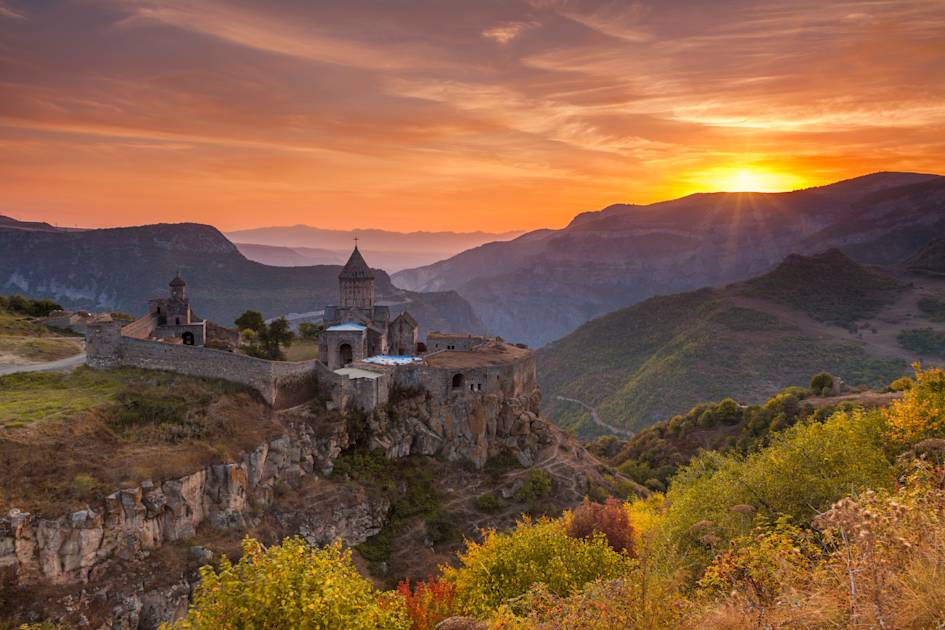
The next day you’ll be hiking through dense forest to the foothills of Mount Aragats, a snow-covered volcanic massif with four peaks. Camp for the night and start out for the summit at sunrise.
2. Zhangye to Dunhuang, China
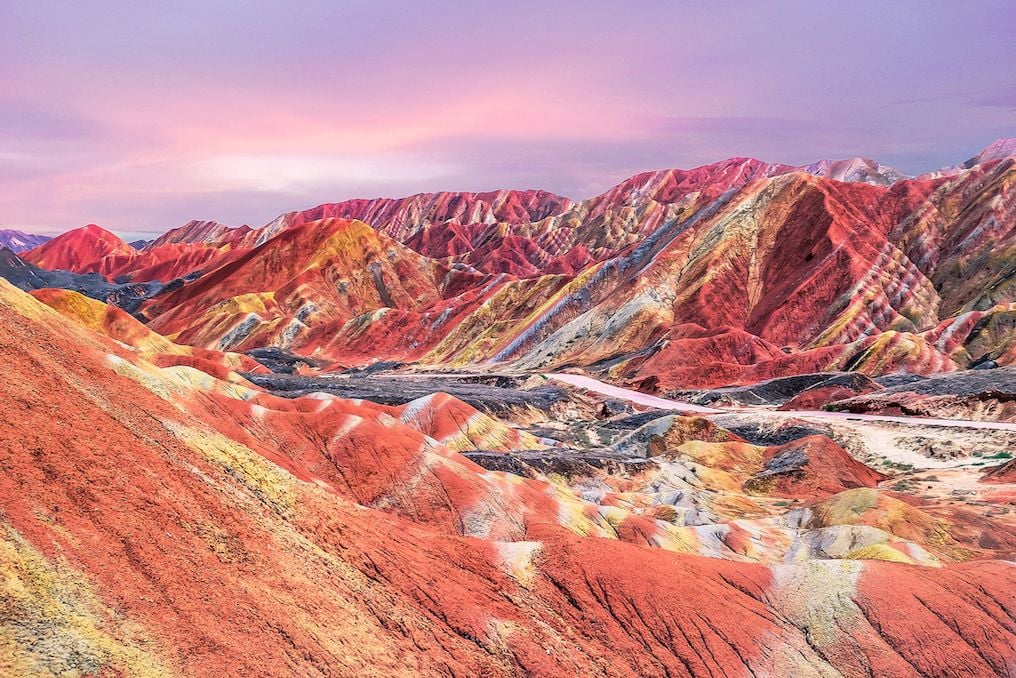
This route is part of the Hexi Corridor, a 620-mile stretch of the route along China’s remote Gansu province. Begin the journey in Zhangye, once a major commercial hub on the Silk Road (Marco Polo spent an entire year here). Head out of the city to spend the day hiking in Zhangye Danxia Landform Geological Park, the highlight of which is the colourful Rainbow Mountains.
From Zhangye take the bullet train to Jiuquan, where you’ll be able to access the Jiayuguan Fort. It’s the last defensive fortification of the Ming Dynasty’s Great Wall of China, with thick walls encircling wooden pagodas. The view typifies the geographic diversity of the Silk Road - on one side are the white capped peaks of Qilian Shan and the Tibetan Plateau; on the other are the rugged silhouettes of the Hei Shan and the vast sandscape of the Gobi Desert.
Your final stop, Dunhuang, is on the edge of a desert known as the Singing Sand Mountains. Explore it on a day-long camel ride, or head out on a guided hike.
3. Tbilisi to Goderdzi Pass, Georgia
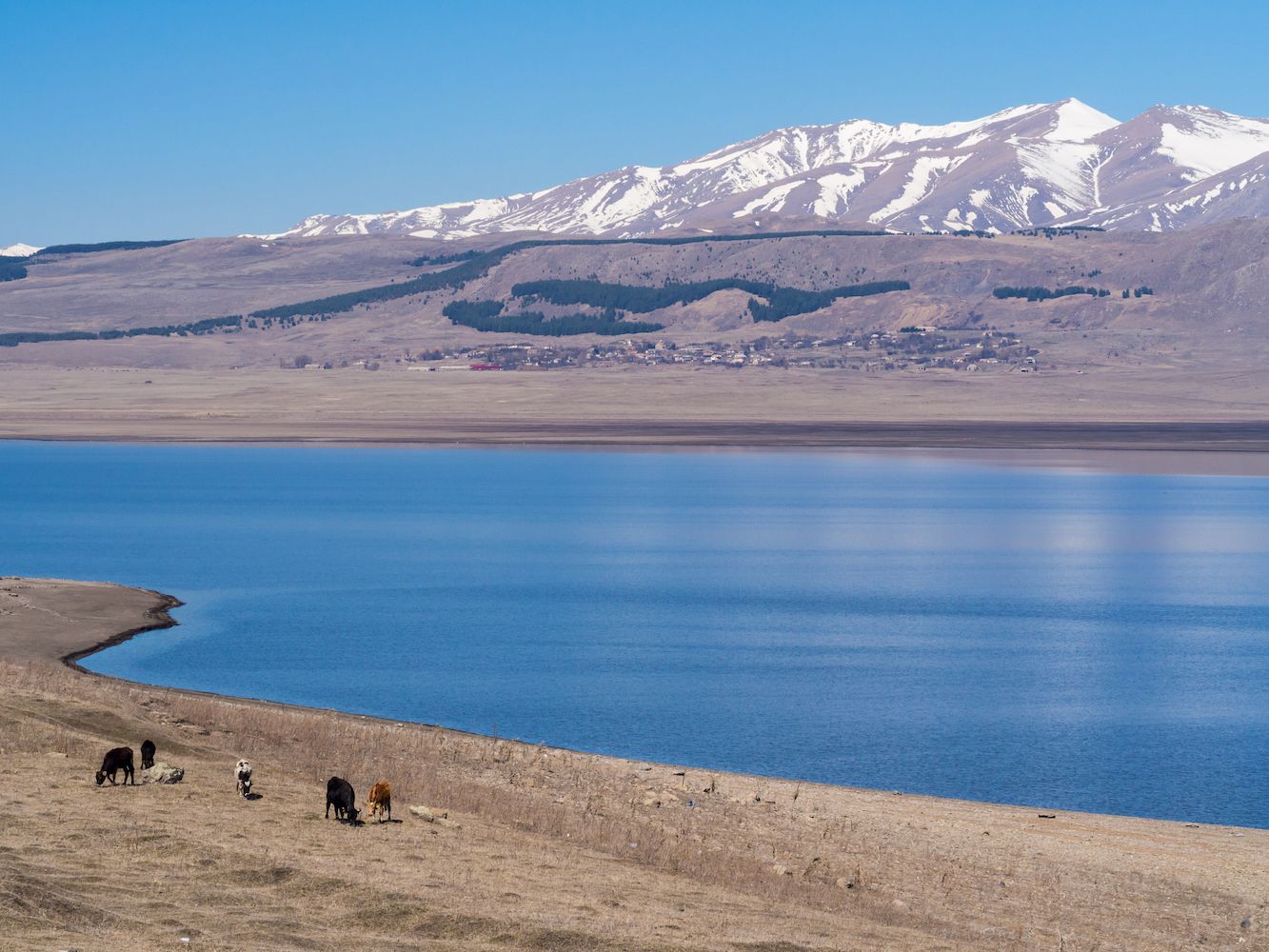
If you’re looking for a scenic, multi-day bike ride along the Silk Road, then this route from Georgia’s capital and across the Adjara Mountains comes highly recommended. It’ll take you along the Dashbashi Canyon to the sparse Javakhti Plateau, where you can camp by volcanic Lake Paravani.
On your journey you will pass the cave city of Vardiza, which once consisted of over 600 rooms spread out over 19 levels, all painstakingly carved out of the mountains. Once a thriving cultural centre, it was half destroyed by an earthquake in 1283. The ruined complex is now maintained by a few monks, and is a fascinating pit stop.
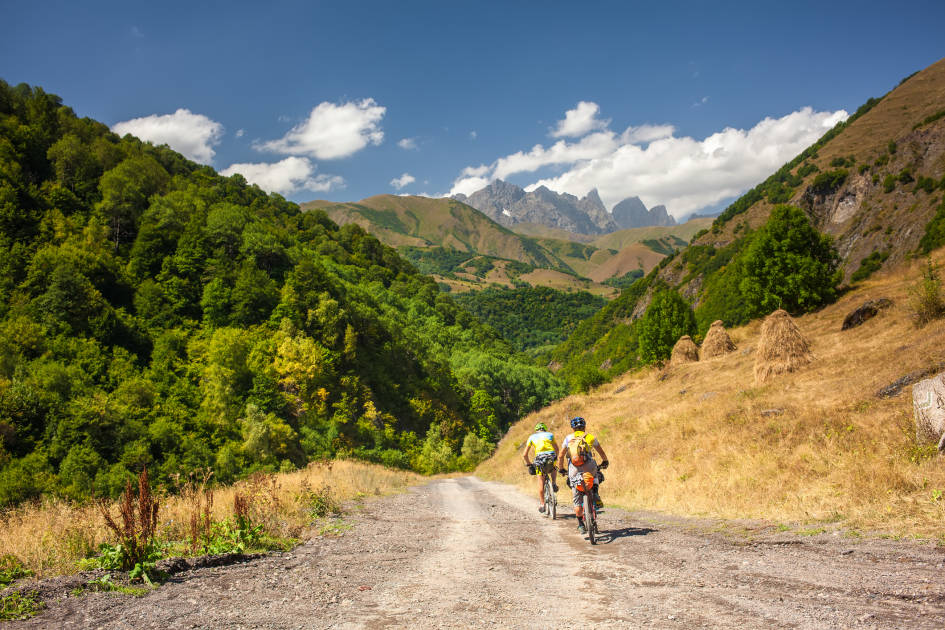
The hardest day’s cycle will take you up over the Goderdzi Pass, at an elevation of 2043 metres. But after the exertion you can descend into the coastal plains, and recuperate at the beach resort of Batumi.
4. Naryn to Tash Rabat, Kyrgyzstan

This Central Asian country has a lot to recommend it to intrepid travellers, from its untouched mountain landscapers to fascinating nomadic culture. You can follow in the footsteps of the ancient travellers, travelling from one remote village to the next along the silk road.
It’s possible to book a horseback trip with local operators that takes you from the historic city of Naryn to Tash Rabat, an 11th century caravanserai located in a scenic gorge. You’ll travel across the Kyndy Pass, through the mountains, and along gorge Jol-Bogoshtu.

Your journey will be broken up by stays in yurt camps and local homestays, giving you a fascinating insight into the culture of Kyrgyzstan. It’s likely you’ll be offered a glass of kymyz, fermented horse milk with a low alcohol content.
5. The Silk Road Mountain Race, 2022
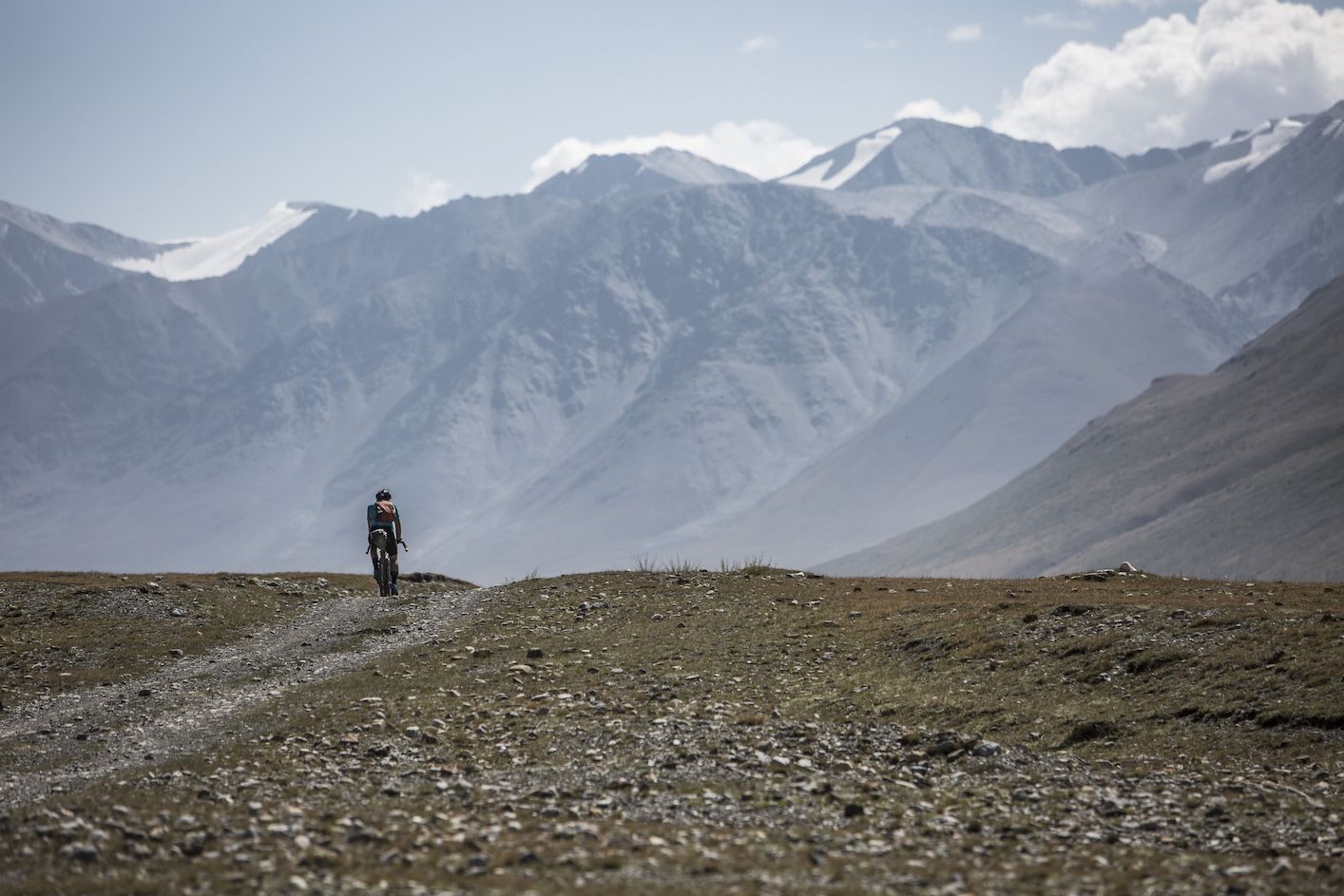
Intrepid cyclists can attempt the Silk Road Mountain Race, a long-distance solo challenge through Kyrgyzstan. The 2022 route is 1117 miles long and has a total ascent of 34,000 metres. It takes you from the historic city of Osh and winds through the Tian Shan mountains in the east of the country, then south to the capital of Bishkek.
The race starts at midnight, giving cyclists a chance to get over the punishing Jiptik Pass, which has an elevation of 4,185 metres. Other highlights include Arslanbob - the world’s largest walnut forest - and a night of respite at a yurt camp in Song Kul lake.
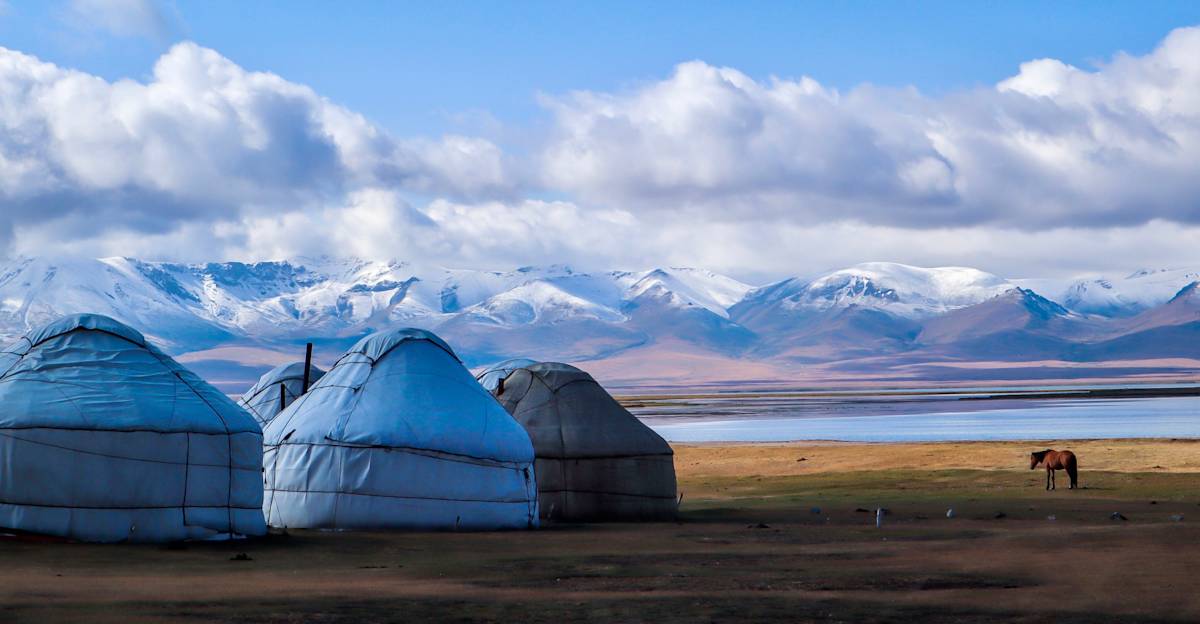
6. Konya to Cappadocia, Turkey

Turkey acted as a bridge between east and west on the Silk Road. The Seljuk Turks made sure they kept the trade routes roads fortified, building hundreds of caravanserais along them to encourage trade. The most prominent part of the route is between Konya and Cappadocia - it’s now a paved highway, which you can travel down on bicycle or public transport. It’s still possible to see the old Seljuk caravanserais, including the restored Sultan Han.
Both Konya and Cappadocia are fascinating destinations, worthy of a few days of your time. Konya is known for being the cradle of Sufism, and was the home of Rumi, a famous mystic poet (his tomb lies at the Mevlana Museum). It’s also the birthplace of the whirling dervishes - you can still watch their dances at the Mevlana Cultural Centre.

The Cappadocia region is a UNESCO world heritage site, known for its ‘fairytale’ rock formations and cave villages. Hot air balloon journeys are a popular way of exploring the area, but there are plenty of hiking trails in Göreme National Park if you want to stretch your legs.
7. The Pamir Highway, Tajikistan
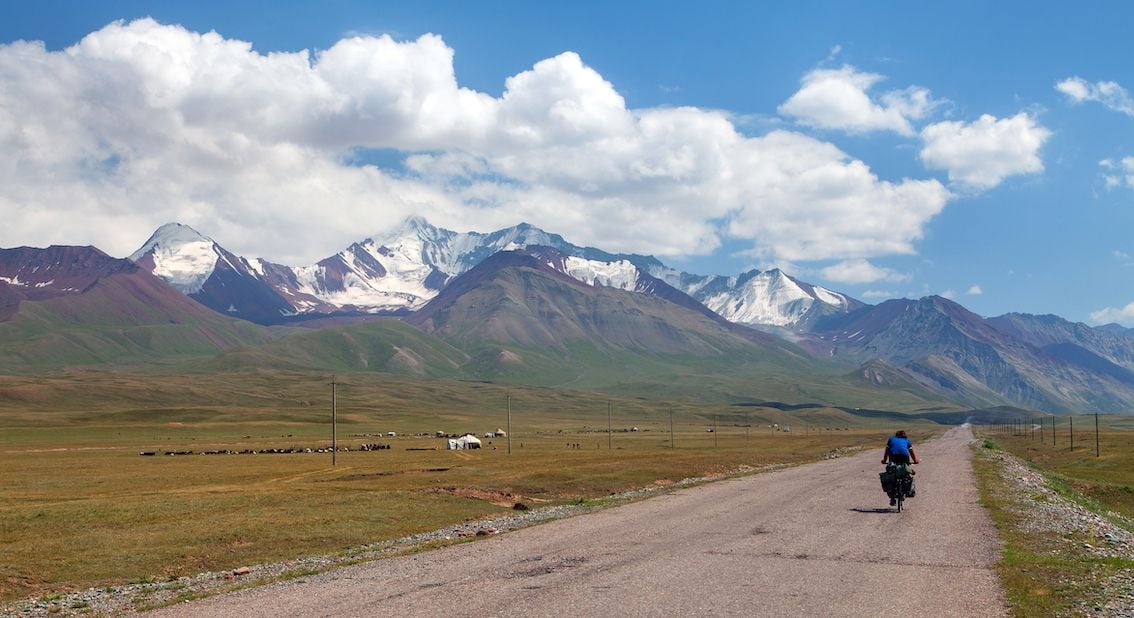
The Pamir Highway (also known as the M41 Highway) is a call to adventure for intrepid bikepackers or long-distance cyclists. It’s a wild, remote 745-mile stretch of road, which winds through the Pamir Mountains from Osh in Kyrgyzstan to Dushanbe in Tajikistan.
The most exciting part of the route is the gruelling 4655-metre-high ascent across the Ak Baital Pass and into the lunar landscape of the Murghab region. From there you’ll continue onwards to Kyrgyzstan, with amazing views of the snow-capped Pamir peaks.
Khorog is the only developed town along the highway, and makes for an interesting stop. There’s an open air swimming pool in Central Park, and the botanical garden is a verdant oasis in the desert landscape. If it’s running, check out the Afghan border market in the nearby town of Tem.
Inspired? Check out our epic cycling adventures, including various routes on the Silk Road!


